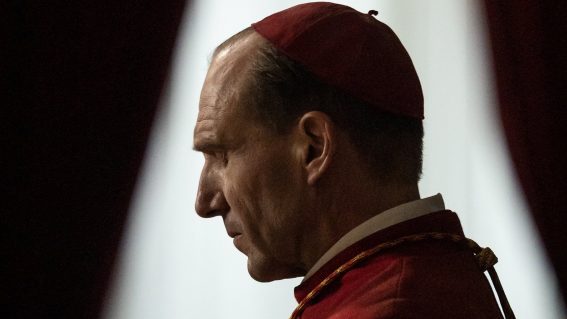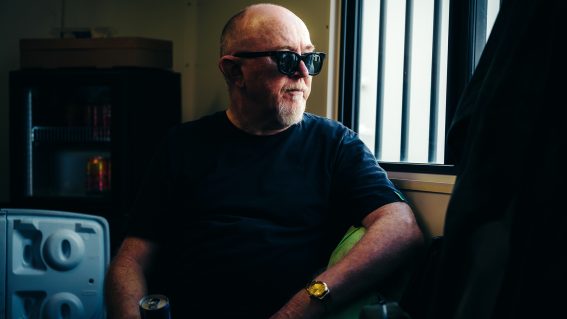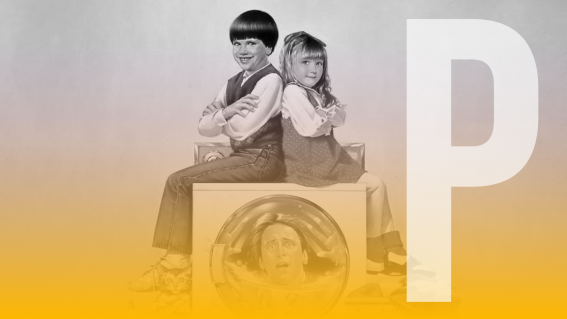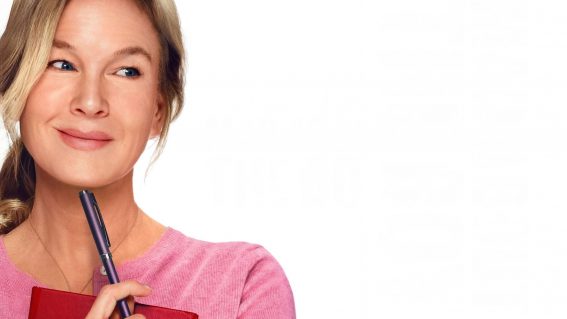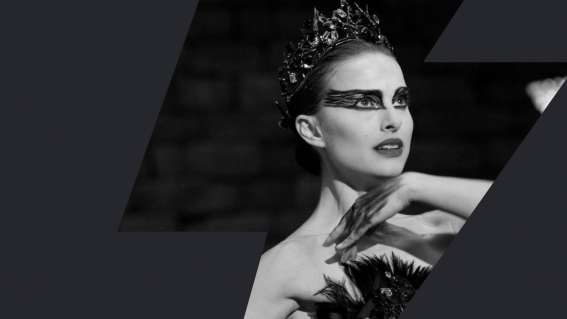Seen That? Watch This: Don’t Worry Darling doesn’t hold a candle to The Stepford Wives
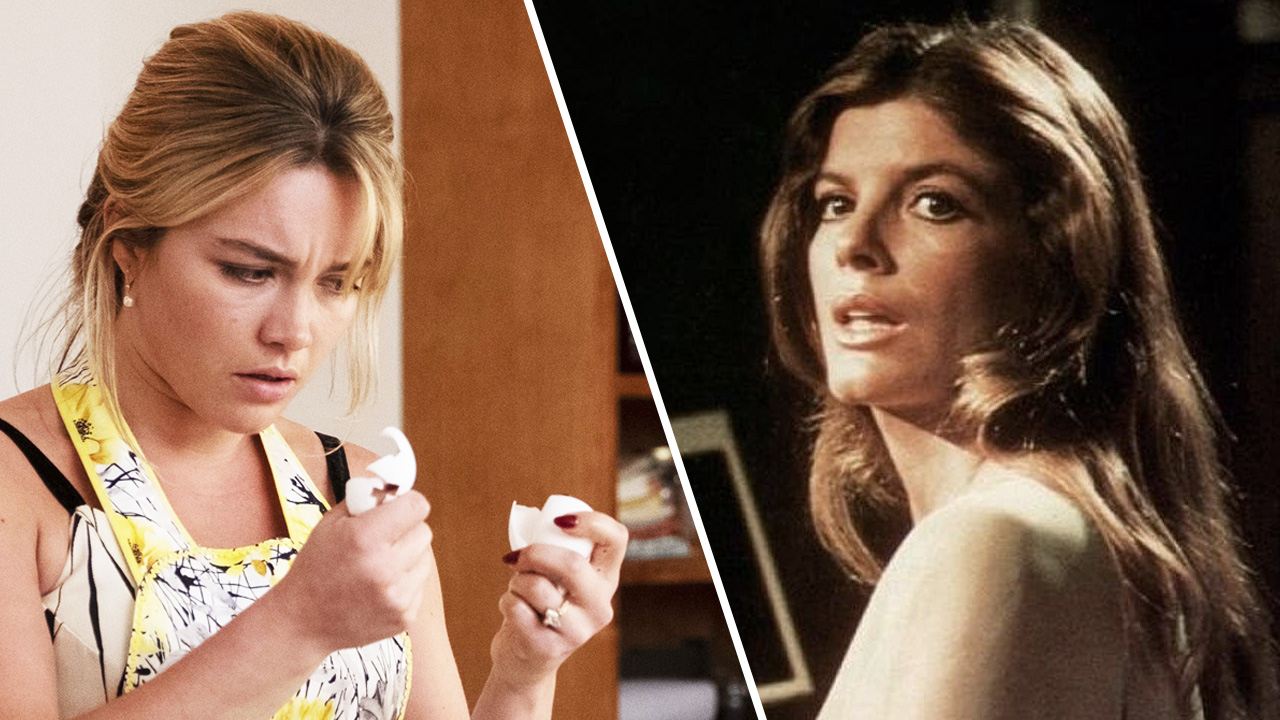
Seen That? Watch This is a weekly column from critic Luke Buckmaster, taking a new release and matching it to comparable works. This week, he compares the much-talked about Don’t Worry Darling with the similarly themed—but far superior—classic The Stepford Wives.
Don't Worry Darling
Sparkling homes, smiling wives, glistening meals. Any vision of suburbia that recalls Somewhere That’s Green has something insidious lingering in the Pine-Sol scented air. In Don’t Worry Darling, housewife Alice Chambers (Florence Pugh) demands more than a life of cleaning and cocktails, knowing she’s being hoodwinked: the big questions are why and by whom. Olivia Wilde’s film has stirred the gossip mills for entirely stupid reasons (unlike Blonde, which has people talking for entirely valid reasons) although the film’s allure also has something to do with a core mystery.
As in: a big twist. Guaranteeing—like in an M. Night Shyamalan movie—that audiences will be looking at it sideways. A notable image occurs early on, when hubbies in a cul-de-sac exit their perfect homes, enter their shiny cars and leave their pretty wives, reversing from their driveways at precisely the same time: the vehicular equivalent of synchronized swimming. Shots like these are less about establishing a narrative reality (because we understand such events don’t take place in real life) than visually expressing key themes. Here using impossible simultaneity to present the chimera of a perfectly structured universe.
This is conferred in such a wink-wink way you know it’s a veneer: a layer of bubble-wrap waiting to be popped. In the next scene a dance instructor, leading a class that includes Alice, reiterates the point: “there is grace in symmetry,” she says. The concept of an ordered world devoid of messy complications paves the way for a rule-breaker to challenge the status quo and break the simulation. Alice is an agent of chaos—Chris Pine’s Frank describing “chaos” as a “nasty word” and a “merciless foe.”
Frank is the leader of the mysterious “Victory Project”, around which this supposedly idyllic 50s-styled community revolves. Every day the men drive off into the desert to work for said project and the women, taught not to ask any questions, stay at home. A large-scale secret operation in the desert is a way of amplifying the idea of a secret men’s association—which is an important part of Bryan Forbes’ 1975 adaptation of The Stepford Wives. This bona fide classic opens with married couple Joanna (Katharine Ross) and Walter (Peter Masterson) hitting the road with their two young children, leaving behind the hustle and bustle of New York for a quieter life in the quaint town of Stepford—a dream that only works out well for one of them.
The film (adapting Ira Levin’s book of the same name) stuck to the zeitgeist partly because of a great twist, around which everything is calibrated. It’s so famous Frank Oz knew there was no point saving it for the end of his (totally garbage) 2004 remake, revealing it about 40 minutes in.
Forbes builds almost Polanski-esque tension, reaching a knife edge and staying there for a long time. Wilde on the other hand doesn’t trust herself to escalate intensity without resorting to gimmicky flourishes—for instance switching to monochrome and splashing around trippy images including visions of Busby Berkeley-esque dancing. For a brief moment, well into the film, Wilde demonstrates the big potential of small gestures. Hosting a dinner party with her husband Jack (Harry Styles), Alice unexpectedly sits down at the head of the table—opposite the big boss man Frank. The guests are startled but Wilde doesn’t labour the point. This simple, stinging act of defiance speaks for itself—and registers with greater impact than her fantastical visuals.
In The Stepford Wives, Forbes understands the reverberating power of small moments. The first scene that has viewers stroking their chins and thinking “hmmm, something’s wrong” occurs 18 minutes in, when a woman is injured in a car accident outside a supermarket. After she’s whisked away by an ambulance, Joanna (Katharine Ross) turns to Walter and says: “We may be new here, but isn’t Stepford Hospital that way?”
Both films keep their cards close to their chest, though it’s clear from early on that something is off. Like in The Wicker Man, we know this wrongness must be connected to two things: the fabric of the community and a feminist perspective. Alice and Joanna realise they’re caught in a maelstrom that ultimately boils down to a question of inner versus outer: the extent to which things are wrong with them or the wider world. In a memorable scene in The Stepford Wives, Joanna (a more likeable and nuanced character than Alice) tells her shrink: “If I’m wrong I’m insane—and if I’m right, it’s worse than if I’m wrong.” She then prophesies her own demise: “I don’t know what’s going on. I just know something is wrong, and my time is coming.”
As for big twists: both have ’em—but don’t worry darling, I’m obviously not going to reveal the ending of Wilde’s film. Suffice to say that The Stepford Wives‘ legendary revelation is hard to beat in metaphorical oomph, going well beyond the idea of lobotomizing women to make them compliant, into a zone where everything about a woman’s self has been erased. Its final scene is a great example of narrative context layering the acting, altering the way we contemplate performances. A bunch of women peruse a supermarket, manoeuvering their trolleys. The smile on their faces strikes us as distant, empty, programmatic. By that point we know precisely why.







